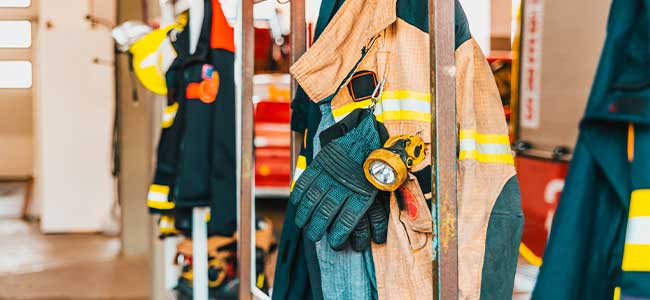
The new guidelines emphasize the ethical usage of AI, aiming to improve job quality and protect workers.

The ASSP has revised a key standard to improve fleet safety practices and reduce motor vehicle crashes.

The construction firm has adopted enhanced helmets to reduce head injury risks.

Exoskeletons hold great potential for improving safety and reducing injuries in construction and heavy industries, but challenges like compatibility, adoption resistance, and cost concerns must be addressed through structured implementation and collaboration.

Siemens aims to enhance its fire suppression technology and accelerate the company's shift toward sustainable solutions.

The collaboration aims to develop AI-assisted solutions that enhance safety and efficiency in refining operations.

OSHA's 2024 HazCom final rule introduces updates to chemical classification, labeling and safety data sheets.

Understanding types and classes of SRDs, leading edge vs. non-leading edge, solutions for aerial lifts and more.

Choosing the right fall protection equipment is crucial for protecting workers at-height, but it is equally important that it is correctly used.

Understanding Intrinsically Safe Technology and how the future of safety lies in integrating these technologies with advanced monitoring systems.

Like it or not, winter is coming. Are you ready for the snow, ice and — complacency?

Safety managers must consider material quality, proper maintenance, and long-term cost-effectiveness to ensure optimal protection.

How the right PPE protects from molten splash hazards.

What qualities and knowledge do respiratory protection program administrators need?

Technological advances throughout the 20th century to today have made possible the elimination of many hazards in the workplace. For those situations where exposure to hazards is unavoidable, the use of PPE is a literal lifesaver.

Weighing the pros and cons of the two major types of air quality analysis.

Connected monitoring helps facilitate immediate identification and response to potential hazards, improves accident prevention, and enhances compliance and safety.

From ultra-bright headlamps and feature-rich work lights to flexible scene lighting solutions, today’s portable lighting tools are more efficient than ever before.

Vacuum conveyors for bulk powder and solids transfer reduces the need for repeated enforcement and training for respiratory, ergonomic, fall and combustible dust safety.

Beyond skills and knowledge: how attitudes and risk tolerance influence driving safety.